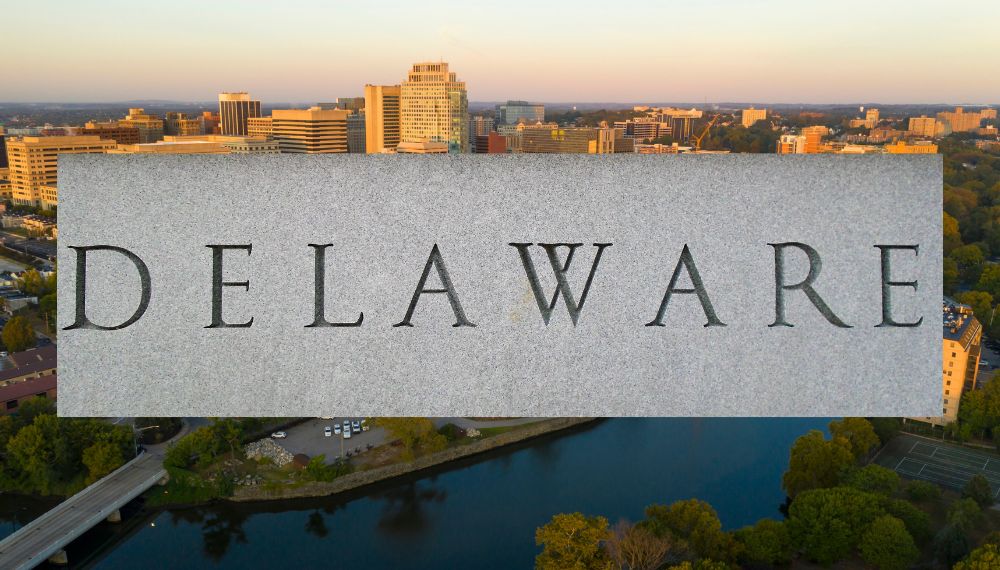Can You Ask A Prospective Tenant To Visit Their Current Residence?
- June 23, 2023
- admin
- Category: LANDLORD TIPS

As a landlord or property manager, one of the utmost priorities in the leasing process is to secure responsible and reliable tenants. It is essential to avoid the challenges posed by tenants who consistently fail to meet their financial obligations, disrupt the peace of the property, and create inconvenience for their neighbors. In this article we will discuss -can you ask a prospective tenant to visit their current residence?
Screening and selecting tenants diligently is crucial to ensure a smooth and trouble-free rental experience. One question that may arise during the tenant screening process is whether it is appropriate to ask a prospective tenant to allow you to visit their current residence.
While it may seem logical to gain insight into their living conditions and lifestyle, it is crucial to navigate this issue with caution and respect for both legal and ethical. There are some important considerations to keep in mind before asking a prospective tenant to see their current property.
What are these? Let’s find out in this blog post.
Can You Ask A Prospective Tenant To Visit Their Current Residence ? – Is It Legal?

Yes, you can request a prospective tenant to visit their current residence. This is a good way to get a sense of how they take care of a property and whether they would be a good fit for your rental.
Although it’s legal to ask a prospective tenant to allow you to visit their current occupancy, it’s essential to understand the nuances and considerations surrounding this practice.
In addition, there are some questions you’re not allowed to ask your tenants as part of the state or federal law. Make sure you’re aware of these prohibited questions.
How to Ask a Prospective Tenant to Visit Their Current Residence

If you decide to ask a prospective tenant to visit their current residence, there are a few things you should keep in mind.
- Be polite and professional: Maintain a courteous and respectful demeanor throughout the conversation. Use appropriate language and tone to convey your intentions in a professional manner.
- Explain the purpose of your visit: Communicate the purpose of the visit, such as assessing their living habits, verifying their suitability as a tenant, or ensuring compatibility with your property’s rules and regulations.
- Make sure the tenant is comfortable: Address any concerns or questions the potential tenant may have about the visit. Listen attentively to their feedback and ensure they feel comfortable and respected.
- Be flexible with scheduling: Collaborate with the potential tenant to find a mutually convenient time for the visit. Accommodate their schedule as much as possible, demonstrating flexibility and understanding.
The Positives and Negatives of Visiting a Prospective Client’s Residence

While it may be a great way to find out the lifestyle of your potential tenants by paying a visit to their current residence, there might be some negative aspects that you must keep in mind before making this strategy part of their screening process.
Negatives:
- Requesting access to a person’s current residence can be seen as an invasion of privacy, making the tenant uncomfortable and potentially affecting the landlord-tenant relationship.
- Planning and conducting visits to multiple prospective tenants’ current residences can be time-intensive, especially if the visits involve significant travel distances or scheduling conflicts.
- If the prospective tenant resides a considerable distance from the rental property, arranging a visit to their current residence might not be practical or feasible.
Positives:
- It can give you a good sense of how the tenant takes care of a property. By observing the current residence, you can assess the tenant’s cleanliness habits, maintenance skills, and overall responsibility as a potential tenant.
- You can see if the tenant is a good fit for your rental. Visiting the current residence allows you to evaluate if the tenant’s lifestyle and preferences align with the specific requirements and ambiance of your rental property.
- Through the visit, you can gather insights into the tenant’s living habits, noise levels, and potential compatibility with the other residents in your property.
What to Look for When Visiting a Potential Tenant’s Current Residence
If you have obtained the tenant’s permission to visit their residence, what aspects should you observe and assess? Here are the key factors to look out for:
- Cleanliness and Maintenance: Take note of how well the tenant maintains their current residence. Look for cleanliness, tidiness, and overall upkeep of the living space. Signs of negligence or poor maintenance may indicate a similar approach to your rental property.
- Property Damage: Observe the condition of the current residence for any significant property damage. Look for signs of neglect, such as broken fixtures, damaged walls, or excessive wear and tear. This can give you insights into the tenant’s level of care for the property.
- Living Habits: Assess the tenant’s lifestyle habits and any potential concerns that may arise. Observe factors such as pet ownership, smoking, excessive clutter, or any activities that might conflict with the rules or regulations of your rental property.
Other Methods to Scrutinize Prospective Tenants
There are some other ways to evaluate potential tenants that can be more reliable and effective than solely relying on visiting their current residents.
- Thorough application process and reference checks: Conducting a detailed application process and reference checks gather important information about the tenant’s rental history, employment, and character references.
- Employment and income verification: Verifying the tenant’s employment and income ensures they have a stable financial situation to meet their rental obligations.
- Interviewing previous landlords: Speaking with previous landlords provides insights into the tenant’s behavior, lease adherence, and any potential issues in previous tenancies.
- Credit and background checks: Conducting credit and background checks assesses the tenant’s financial history, creditworthiness, and potential criminal records, helping evaluate their responsibility and identifying any red flags.
For a more detailed guide on the screening process and the rental background check, see RentPrep’s Landlord’s Guide to Tenant’s Screening.
Final Thoughts
Asking prospective tenants to see their current property can be a great way to evaluate their living habits, cleanliness standards, and overall suitability for your rental property. It can be a strategic approach to incorporate into your screening process.
Prospective tenants may stage their residence and attempt to conceal any negative aspects of their lifestyle to create a favorable impression. This could render your visit unproductive. However, you can still gather valuable information if you’re attentive and observant during the visit.
Always remember to follow the Fair Housing Act (FHA), which prohibits landlords from discriminating against tenants based on color, race, religion, and sexual orientation.




